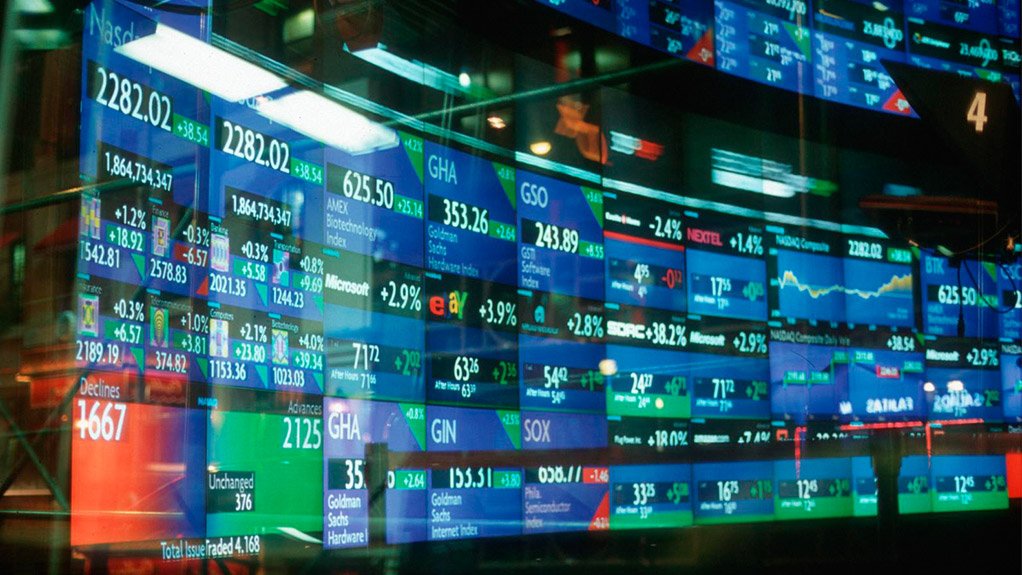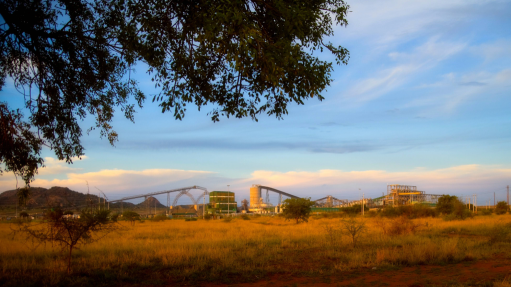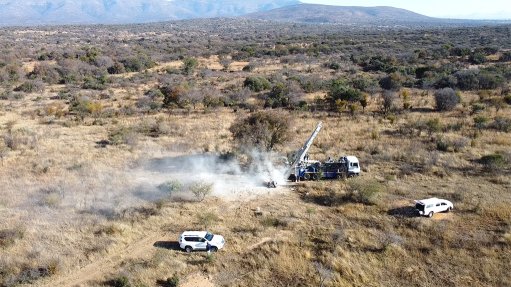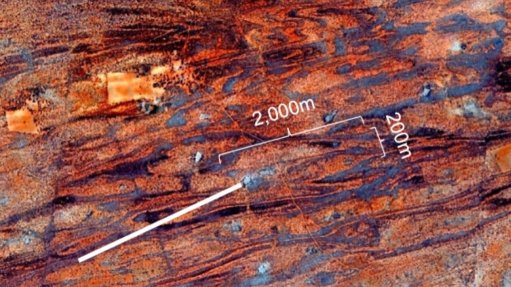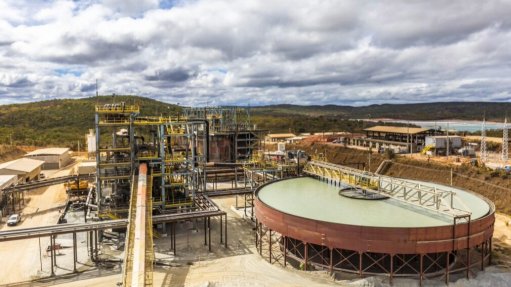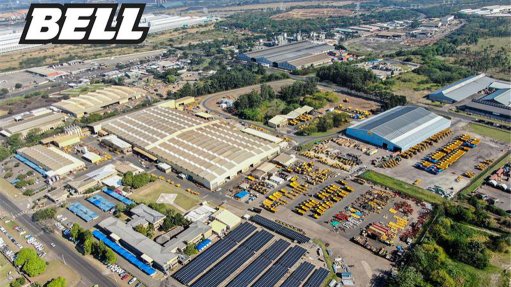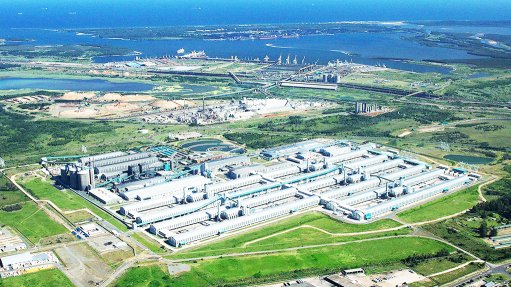Global commodity prices expected to drop to six-year low by 2026 – World Bank
Faltering economic growth is coinciding with ample oil supply in ways that are expected to cause a drop in global commodity prices to their lowest level of the 2020s, according to the World Bank’s latest ‘Commodity Markets Outlook’.
This decline could moderate near-term inflation risks emerging from rising trade barriers, but it could also hamper prospects for economic progress in two out of every three developing economies, the World Bank said on April 29.
The international financial institution said global commodity prices are expected to decline by 12% this year and by a further 5% in 2026, falling to levels not seen since 2020, when the Covid-19 pandemic hit.
In nominal terms, prices will still be higher than they were before the start of the pandemic. Adjusted for inflation, however, they are likely to fall for the first time below the average that prevailed from 2015 through 2019. This will mark the end of a boom fuelled by the global economy’s rebound from the pandemic and Russia’s invasion of Ukraine in 2022.
The World Bank said the weakening growth outlook represented the latest shock to hit the global economy in what it said was proving to be an “extraordinarily tumultuous decade” for commodity markets.
It noted that commodity-price volatility had been higher than in any previous decade since at least the 1970s, and that it remained to be seen whether this marked the beginning of a more turbulent era for commodity markets.
However, the World Bank said the confluence of trade tensions, conflicts, geopolitical risks and frequent weather-related shocks made it more likely.
“Higher commodity prices have been a boon for many developing economies, two-thirds of which are commodity exporters. But we’re now seeing the highest price volatility in more than 50 years. The combination of high price volatility and low prices spells trouble.”
“Developing economies will need to take three steps to protect themselves: first, restore fiscal discipline; second, create a more business-friendly environment to attract private capital; and third, liberalise trade wherever the opportunity exists,” World Bank chief economist and development economics senior VP Indermit Gill said.
The World Bank noted that global commodity prices had been falling since 2023, helping to tamp down overall global inflation.
For example, surging energy prices added more than two percentage points to global inflation in 2022. In 2023 and 2024, however, declining energy prices helped lower inflation.
The bank said the trend of falling energy prices was set to intensify this year, potentially mitigating some of the price effects of higher tariffs in major economies.
Energy prices are also expected to decrease by 17% this year to the lowest level in five years before dropping an additional 6% in 2026. Prices of Brent crude oil are expected to average just $64/bl this year – a decline of $17/bl from 2024 – and just $60/bl in 2026.
Meanwhile, coal prices are expected to drop by 27% this year and an additional 5% in 2026, as the growth of coal consumption for power generation in developing economies slows.
That outlook reflected expectations for weaker economic growth as well as a long-term slowdown in global oil demand, the World Bank said.
This year, global oil supply is expected to exceed demand by 700 000 bbl/d. The rapid adoption of electric vehicles has also curbed demand for oil. For example, in China, the world’s largest automobile market, more than 40% of new cars bought last year were either battery-powered or hybrid vehicles. That is close to three times the share in 2021.
Food prices are also expected to recede, falling by 7% in 2025 and an additional 1% in 2026. Even so, the UN has estimated that acute food insecurity in some of the worst-hit areas globally will intensify this year, affecting 170-million people across 22 highly vulnerable economies.
The World Bank noted, however, that falling food commodity prices should provide some support to humanitarian efforts, particularly amid shrinking humanitarian funding. However, it would not address the underlying drivers of acute hunger, which were largely rooted in conflict.
The average price of gold, which is a popular choice for investors seeking “safe haven”, is expected to set a new record this year before stabilising in 2026.
The World Bank noted that gold held a special status among assets, often rising in price during periods of geopolitical and policy uncertainty, including conflicts. Over the next two years, gold prices were expected to remain about 150% higher than the average in the five years preceding the Covid-19 pandemic.
In contrast, the price of industrial metals is expected to drop in 2025 and 2026, as demand weakens amid mounting trade tensions and persistently soft activity in China’s property sector.
A special focus section of the World Bank’s ‘Commodity Markets Outlook’ report states that boom-and-bust cycles in commodity prices have become particularly intense in the 2020s. Such pronounced cycles can hurt both fiscal discipline and long-term economic growth in these economies.
An analysis found that since 1970, the average length of these cycles has been about four years, with busts lasting somewhat longer than booms. Between 2020 and 2024, however, the duration of these cycles has halved.
“Commodity prices have whipsawed throughout the 2020s, plummeting with the arrival of the Covid-19 pandemic, then surging to record highs after Russia’s invasion of Ukraine, and then sinking again.
“In an era of geopolitical tensions, surging demand for critical minerals, and more frequent natural disasters, that could become the new normal.
“Successfully navigating through repeated commodity prices swings will require developing economies to build fiscal space, strengthen their institutions, and improve investment climates to facilitate job creation,” World Bank deputy chief economist and Prospects Group director Ayhan Kose said.
Article Enquiry
Email Article
Save Article
Feedback
To advertise email advertising@creamermedia.co.za or click here
Announcements
What's On
Subscribe to improve your user experience...
Option 1 (equivalent of R125 a month):
Receive a weekly copy of Creamer Media's Engineering News & Mining Weekly magazine
(print copy for those in South Africa and e-magazine for those outside of South Africa)
Receive daily email newsletters
Access to full search results
Access archive of magazine back copies
Access to Projects in Progress
Access to ONE Research Report of your choice in PDF format
Option 2 (equivalent of R375 a month):
All benefits from Option 1
PLUS
Access to Creamer Media's Research Channel Africa for ALL Research Reports, in PDF format, on various industrial and mining sectors
including Electricity; Water; Energy Transition; Hydrogen; Roads, Rail and Ports; Coal; Gold; Platinum; Battery Metals; etc.
Already a subscriber?
Forgotten your password?
Receive weekly copy of Creamer Media's Engineering News & Mining Weekly magazine (print copy for those in South Africa and e-magazine for those outside of South Africa)
➕
Recieve daily email newsletters
➕
Access to full search results
➕
Access archive of magazine back copies
➕
Access to Projects in Progress
➕
Access to ONE Research Report of your choice in PDF format
RESEARCH CHANNEL AFRICA
R4500 (equivalent of R375 a month)
SUBSCRIBEAll benefits from Option 1
➕
Access to Creamer Media's Research Channel Africa for ALL Research Reports on various industrial and mining sectors, in PDF format, including on:
Electricity
➕
Water
➕
Energy Transition
➕
Hydrogen
➕
Roads, Rail and Ports
➕
Coal
➕
Gold
➕
Platinum
➕
Battery Metals
➕
etc.
Receive all benefits from Option 1 or Option 2 delivered to numerous people at your company
➕
Multiple User names and Passwords for simultaneous log-ins
➕
Intranet integration access to all in your organisation



